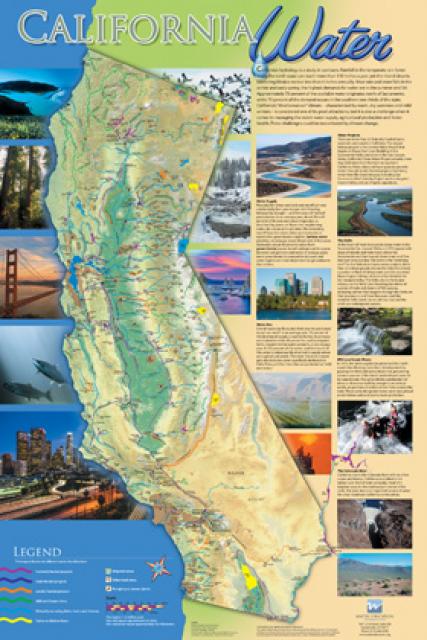California’s New Natural Resources Secretary Takes on Challenge of Implementing Gov. Newsom’s Ambitious Water Agenda
WESTERN WATER Q&A: Wade Crowfoot addresses Delta tunnel shift, Salton Sea plan and managing water amid a legacy of conflict
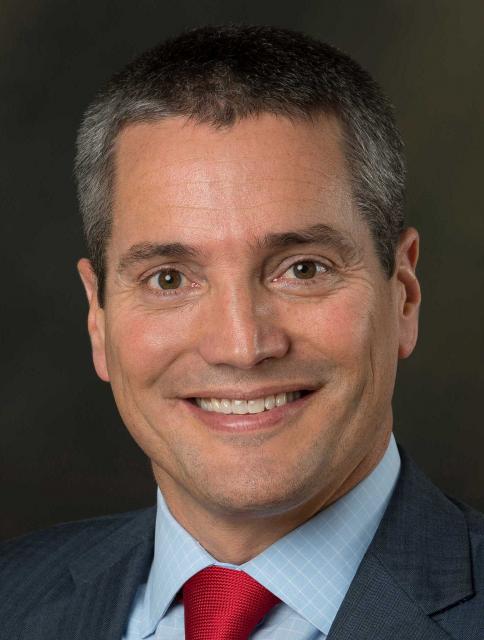 One of California Gov. Gavin
Newsom’s first actions after taking office was to appoint Wade
Crowfoot as Natural Resources Agency secretary. Then, within
weeks, the governor laid out an ambitious water agenda that
Crowfoot, 45, is now charged with executing.
One of California Gov. Gavin
Newsom’s first actions after taking office was to appoint Wade
Crowfoot as Natural Resources Agency secretary. Then, within
weeks, the governor laid out an ambitious water agenda that
Crowfoot, 45, is now charged with executing.
That agenda includes the governor’s desire for a “fresh approach” on water, scaling back the conveyance plan in the Sacramento-San Joaquin Delta and calling for more water recycling, expanded floodplains in the Central Valley and more groundwater recharge.
Crowfoot and Newsom have worked together in the past, when Newsom was San Francisco’s mayor and Crowfoot served as his senior environmental adviser.
As Natural Resources secretary, Crowfoot oversees a sprawling agency of 19,000 employees engaged in the stewardship of the state’s forests and natural lands, rivers and waterways, coast and ocean, fish and wildlife and energy development. As a cabinet member, he advises the governor on natural resources and environmental issues.
Part of Newsom’s agenda is ratcheting down the twin tunnels approach to Delta water conveyance to a single-tunnel plan. Crowfoot said the idea is to build on the existing analysis to assess and design a smaller project that meets safety and reliability goals with less impact.
Meanwhile, the federal government has proposed to raise Shasta Dam by adding 18 feet of steel and cement to the rim of the dam, increasing Lake Shasta’s storage by 634,000 acre-feet. Former Resources Secretary John Laird in 2018 asked Congress to not pursue the project because raising the dam would violate the protection for the McCloud River provided under the Wild and Scenic Rivers Act.
Age: 45
Education: Bachelor’s degree in political science from the University of Wisconsin-Madison. Master’s degree in public policy (with honors), London School of Economics.
Previous jobs: Chief executive officer of the Water Foundation; Deputy cabinet secretary and senior adviser to Gov. Jerry Brown; West Coast regional director for Environmental Defense Fund; Senior environmental adviser to then-San Francisco Mayor Gavin Newsom.
Fun Fact: Crowfoot, who grew up in Michigan, said his first engagement with water was a fifth-grade science project on pollution in Lake Michigan.
Crowfoot acknowledged the legacy of conflict surrounding California water, most recently evidenced by the State Water Resources Control Board’s controversial flows plan for the San Joaquin River, and the likelihood that those conflicts will continue. Still, Crowfoot said, some answers can be found for solutions that align around “win-win approaches that benefit both people and nature.”
In a recent interview with Western Water, Crowfoot discussed aspects of what he expects to tackle during the next four years, including finding ways to make California more resilient to the extreme swings in drought and flood that are expected to come.
WW: What about this position appealed to you?
CROWFOOT: I spent five years working in the Brown Administration and my purview was broad and initially not related to water. When the drought came around, I ended up leading the governor’s efforts to coordinate state agencies’ response … and that got me fascinated about water and much more interested and how natural resources are managed in the state.
I had the chance to work with John Laird when he was [Natural Resources] secretary and saw what he was able to do, so the opportunity was one I couldn’t pass up.
WW: What Are Your Priorities?
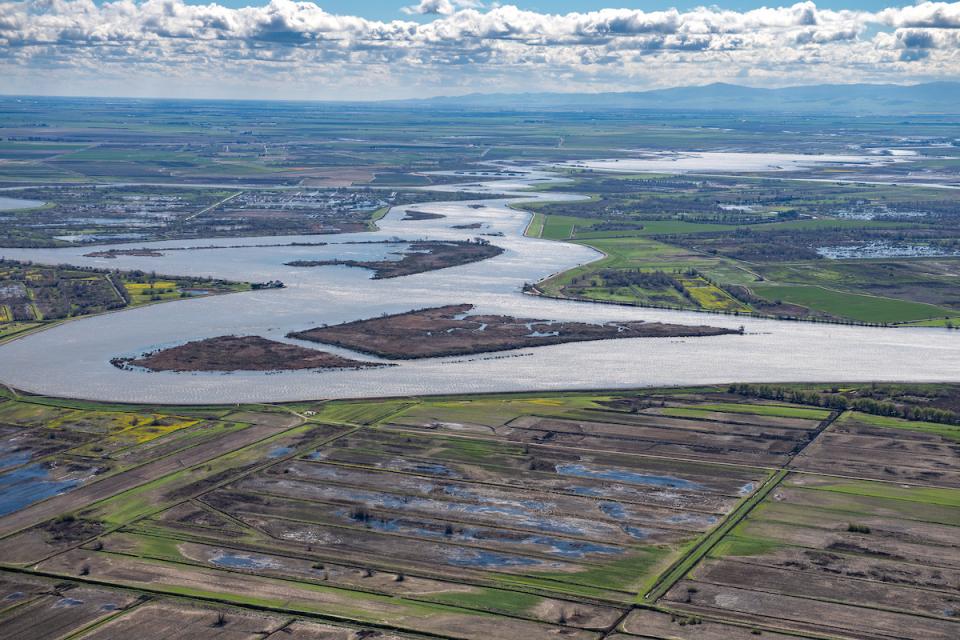 CROWFOOT: No. 1 is to implement the
governor’s vision on water that he articulated in the State of
the State and so that involves developing a portfolio of actions
including modernized conveyance through the Delta, collaborative
approaches like these voluntary agreements on the Sacramento and
San Joaquin rivers that are going to position the state to be
more resilient in an uncertain water future.
CROWFOOT: No. 1 is to implement the
governor’s vision on water that he articulated in the State of
the State and so that involves developing a portfolio of actions
including modernized conveyance through the Delta, collaborative
approaches like these voluntary agreements on the Sacramento and
San Joaquin rivers that are going to position the state to be
more resilient in an uncertain water future.
No. 2 is to use the agency’s resources — funding, talent, personnel and policy — to build resilience to drought and flooding. This challenge of resilience to climate change impacts is a cardinal priority for the state.
The third is break down the binary that has divided California water — this false choice between farmers and environmentalists, or north and south, or urban and rural. To really advance a broad strategy that recognizes that we have to meet all of these water needs into the next century and that we are only going to do that by working together across the state and across the different user groups.
“Effective water management in California is a grand exercise in partnership. Eighty-five percent of water spending gets spent locally and as a state we need to work closely in an aligned manner with local water agencies.”
~Wade Crowfoot, California Natural Resources Secretary
WW: What’s the status of the revised Delta conveyance plan?
CROWFOOT: We are now really focused on how to implement the governor’s vision of a different project — a smaller capacity, single-tunnel project. The governor’s been clear that we need modernized conveyance to protect the water supply against the risk of a catastrophic earthquake, sea level rise and saltwater intrusion into the inner Delta and so from our perspective, the status quo is not an option in the Delta.
We are focused on designing and building a project that will protect the water supply and reliability, but in a way with limited impacts on Delta communities and fish. We think a smaller project is affordable and therefore more feasible.
WW: Is enough being done to prepare for and adapt to the water supply impacts of climate change?
CROWFOOT: We need to do more. We need to build on legacy infrastructure that is already in the ground; take a system that’s historically been centralized, fairly rigid and static … [and] make that infrastructure decentralized, flexible and nimble to capture what we know is a less predictable hydrology. Our dry periods will be drier, our wet periods will be wetter.
We need infrastructure that can adapt season over season, and we need our management structure to allow for that adaption, so more flexibility in sharing and trading water, better use of real-time data to manage water for communities and habitat.
WW: The Salton Sea for years has been struggling with receding water levels which have degraded the ecosystem and worsened air quality concerns. What can be done to stabilize the situation?
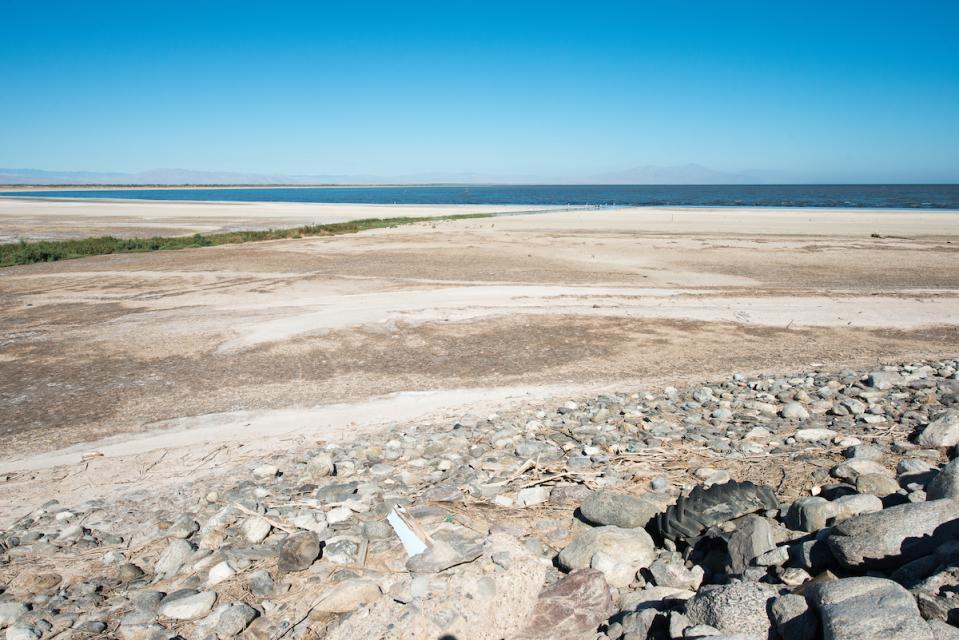 CROWFOOT: We need to intensify our
efforts at the Salton Sea. I think my leadership [as secretary]
is important to actually get some projects moving. We have
projects planned and even permitted that will mitigate dust and
provide habitat and we have to get those projects moving. There
is mistrust and skepticism in that region about whether the state
is truly committed to stabilizing the sea. Our agency is charged
with implementing a 10-year management plan and so we have to
deliver on these projects. We have to build momentum.
CROWFOOT: We need to intensify our
efforts at the Salton Sea. I think my leadership [as secretary]
is important to actually get some projects moving. We have
projects planned and even permitted that will mitigate dust and
provide habitat and we have to get those projects moving. There
is mistrust and skepticism in that region about whether the state
is truly committed to stabilizing the sea. Our agency is charged
with implementing a 10-year management plan and so we have to
deliver on these projects. We have to build momentum.
WW: Making that change is not something that happens overnight, does it?
CROWFOOT: Effective water management in California is a grand exercise in partnership. Eighty-five percent of water spending gets spent locally and as a state we need to work closely in an aligned manner with local water agencies. One of the most important things we can do is support their leadership in building resilience across different regions of California.
“We need to intensify our efforts at the Salton Sea. I think my leadership [as secretary] is important to actually get some projects moving.”
~Wade Crowfoot, California Natural Resources Secretary
WW: What’s the relationship like between your agency and the federal government?
CROWFOOT: Coordination and cooperation between the federal agencies and the state agencies is essential. We are working with our federal counterparts on a weekly basis in a really constructive way. I’ve had the benefit of coordinating with the Reclamation commissioner [Brenda Burman] multiple times on shared efforts already. That being said, there are different approaches being taken on critical issues and we are navigating our way through them. We want to work with the federal government where it makes sense and where we can, and we will defend the state’s interest where we have to.
WW: What are your concerns regarding the federal government’s proposal to raise Shasta Dam?
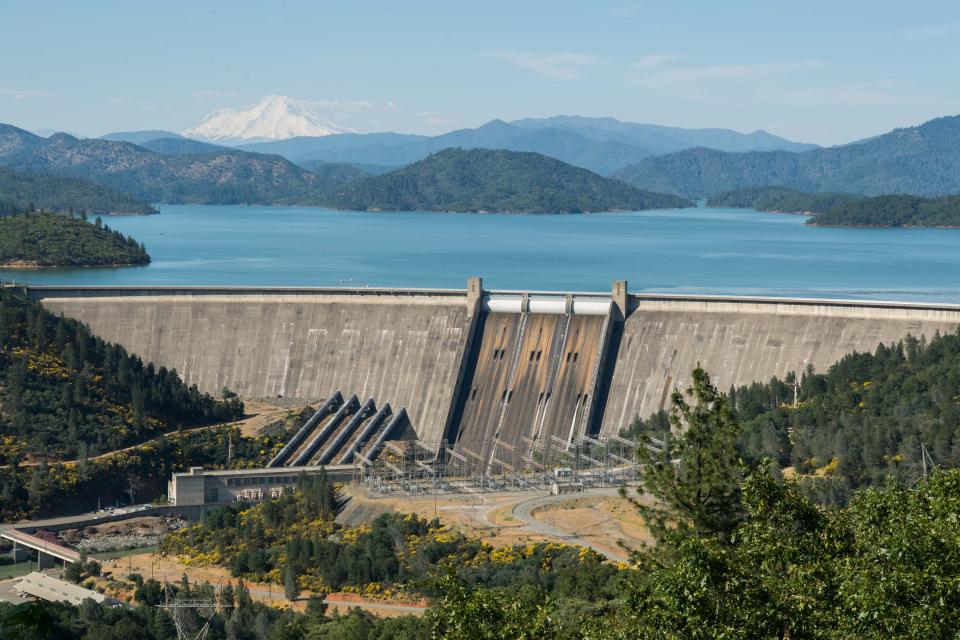 CROWFOOT: The state’s concerns
center on the project’s adverse impacts on the McCloud River,
which is specifically protected under state law. The California
Department of Fish and Wildlife and the State Water Resources
Control Board restated these concerns in recent comment letters
regarding the proposed raise. We hope the Bureau of Reclamation
will closely consider our state agencies’ concerns in the coming
months.
CROWFOOT: The state’s concerns
center on the project’s adverse impacts on the McCloud River,
which is specifically protected under state law. The California
Department of Fish and Wildlife and the State Water Resources
Control Board restated these concerns in recent comment letters
regarding the proposed raise. We hope the Bureau of Reclamation
will closely consider our state agencies’ concerns in the coming
months.
WW: How can the state help ensure that everyone has access to safe and affordable drinking water?
CROWFOOT: State leaders, starting with the governor, have made it very clear that ignoring the problem is no longer an option. The fact that upward of 1 million people live in Third World conditions is just not something that we can or should tolerate. There is a strong focus from the governor and legislative leaders in solving this problem and the cost of solving it is not overwhelming. The challenge is finding ongoing funding for operations and maintenance. The governor has a proposal out there and we are all ears to other alternatives.
WW: What can be done to help bridge the divisions that exist between stakeholders?
CROWFOOT: We can do it by building collaboration and relationships around shared priorities through multiple-benefit approaches. For example, floodplain expansion can protect public safety, provide environmental habitat and enable groundwater recharge. It’s a great example of a priority we need to elevate, given its multiple benefits and ability to bring disparate groups and water users together. Another example is maximizing groundwater recharge, which is critical for minimizing impacts of Sustainable Groundwater Management Act implementation and is important for reducing pressure on surface waterways. Another example is urban stormwater capture. All of these are areas where there are actually not strong conflicts about making progress.
Reach Gary Pitzer: gpitzer@watereducation.org, Twitter: @gary_wef
Know someone else who wants to stay connected with water in the West? Encourage them to sign up for Western Water, and follow us on Facebook and Twitter.









